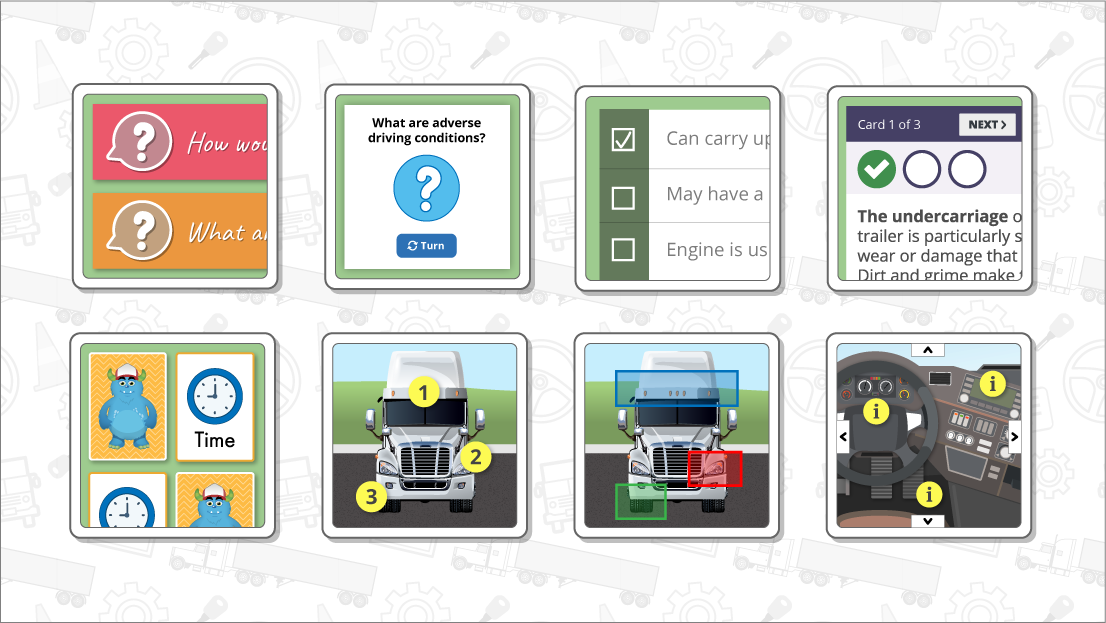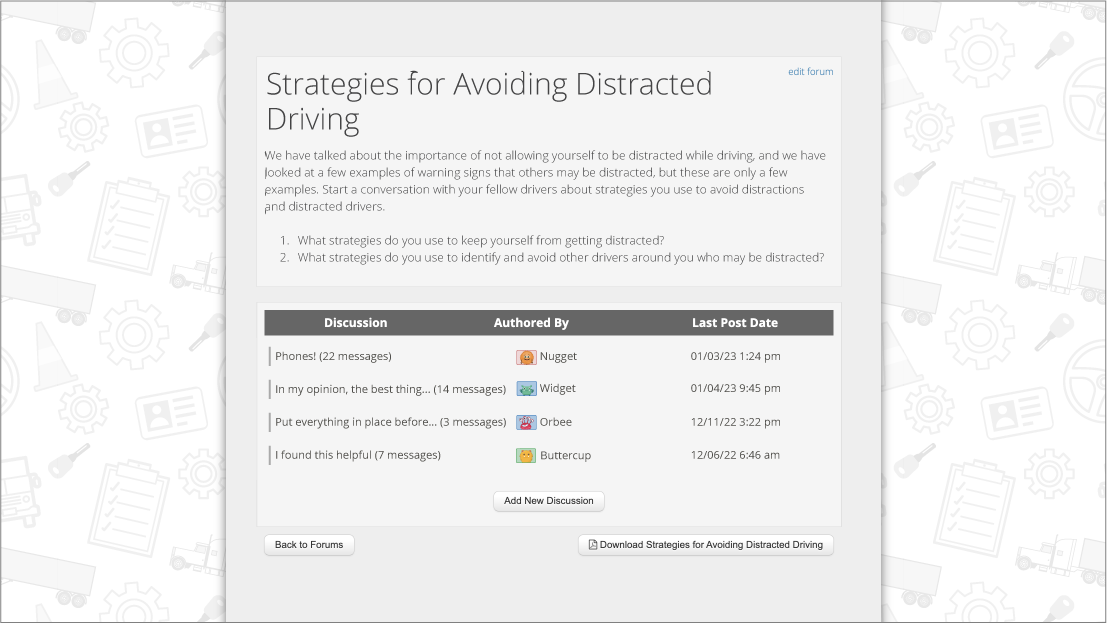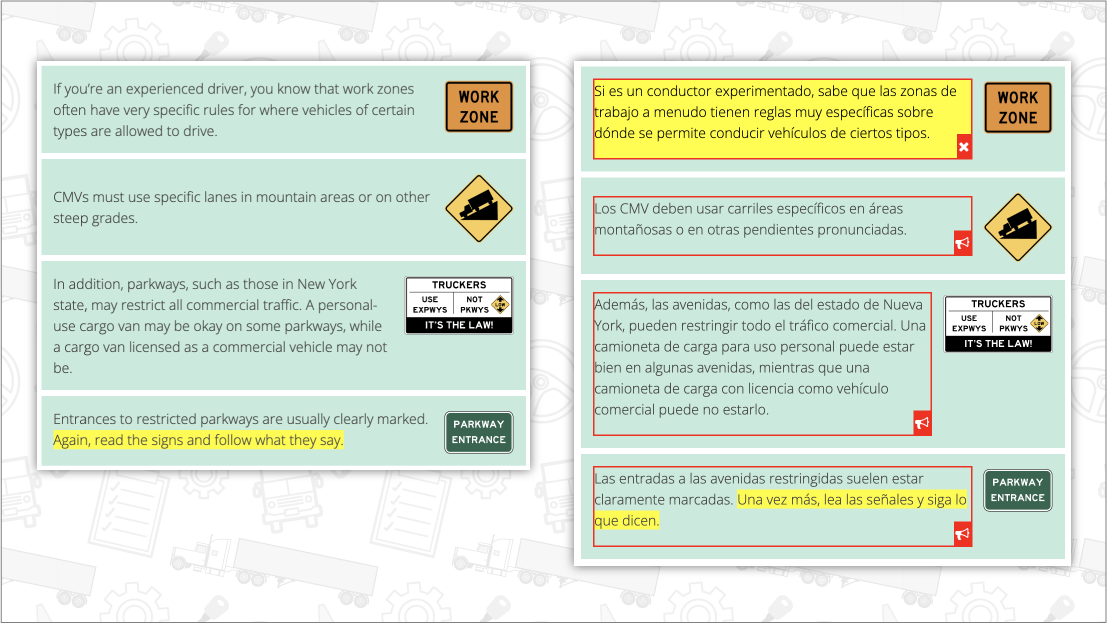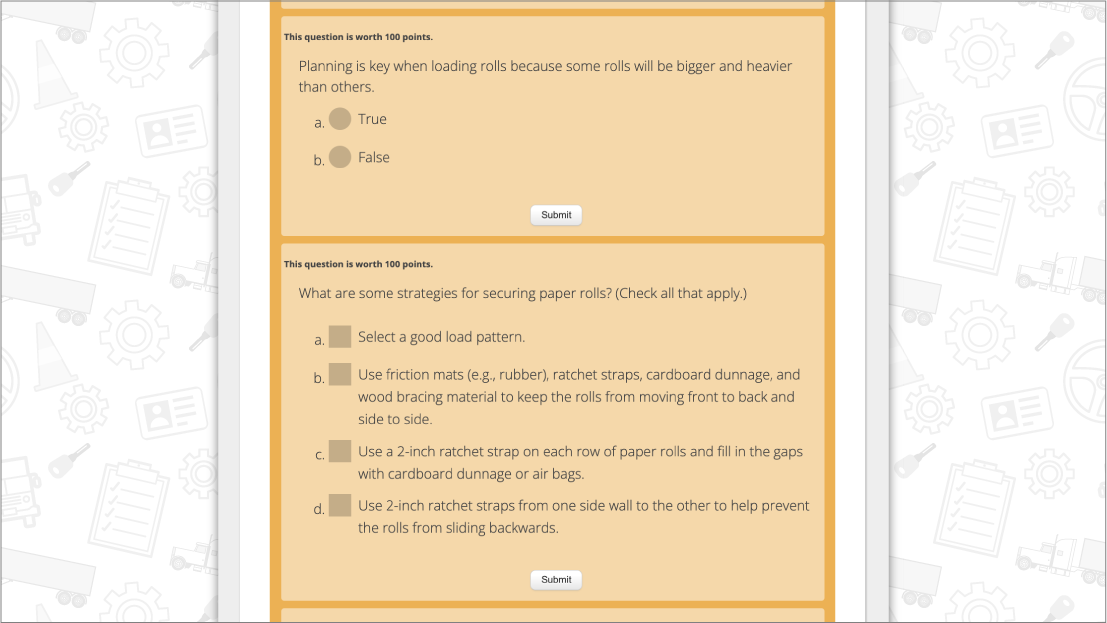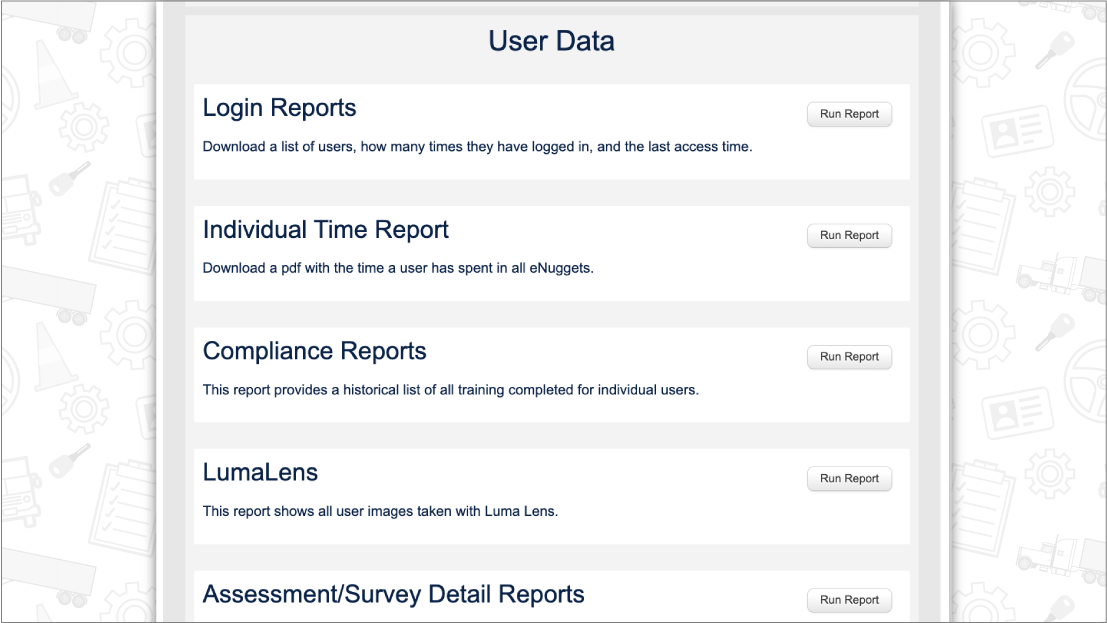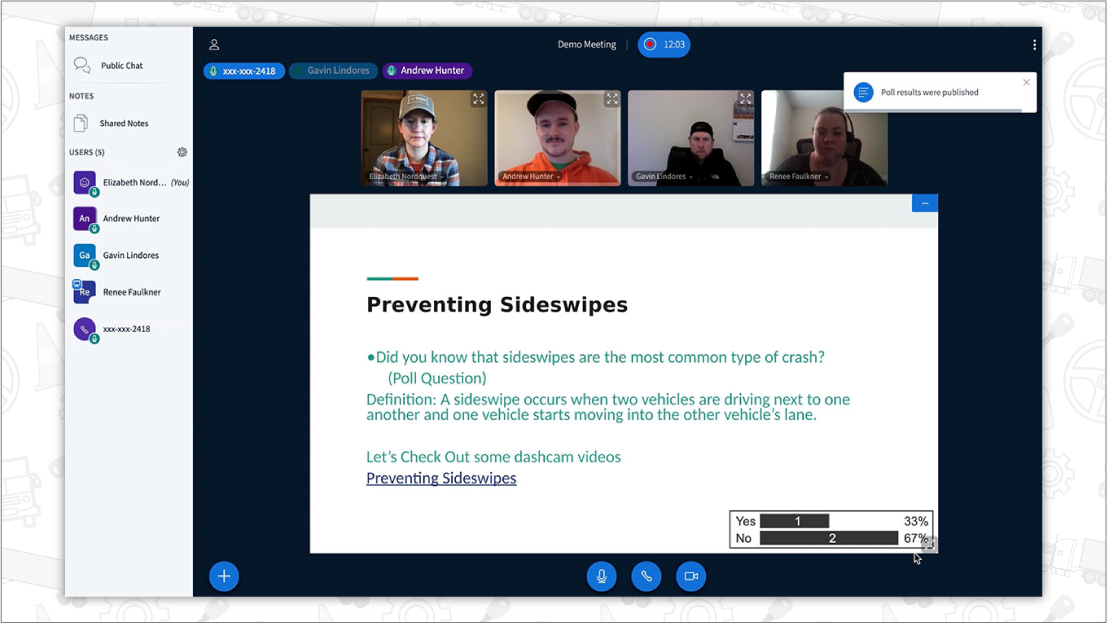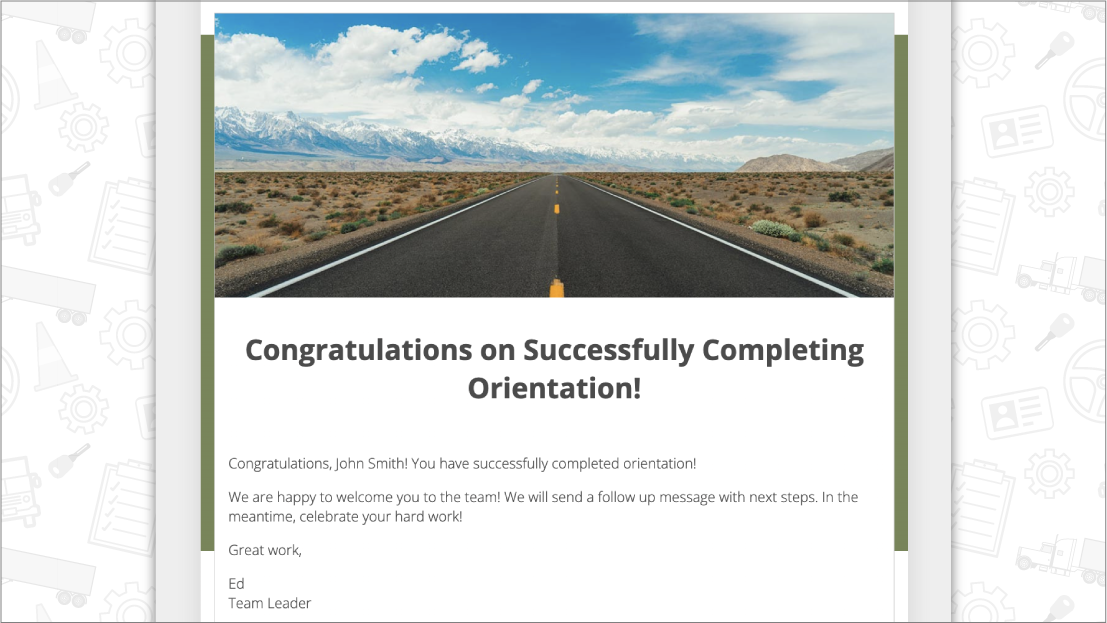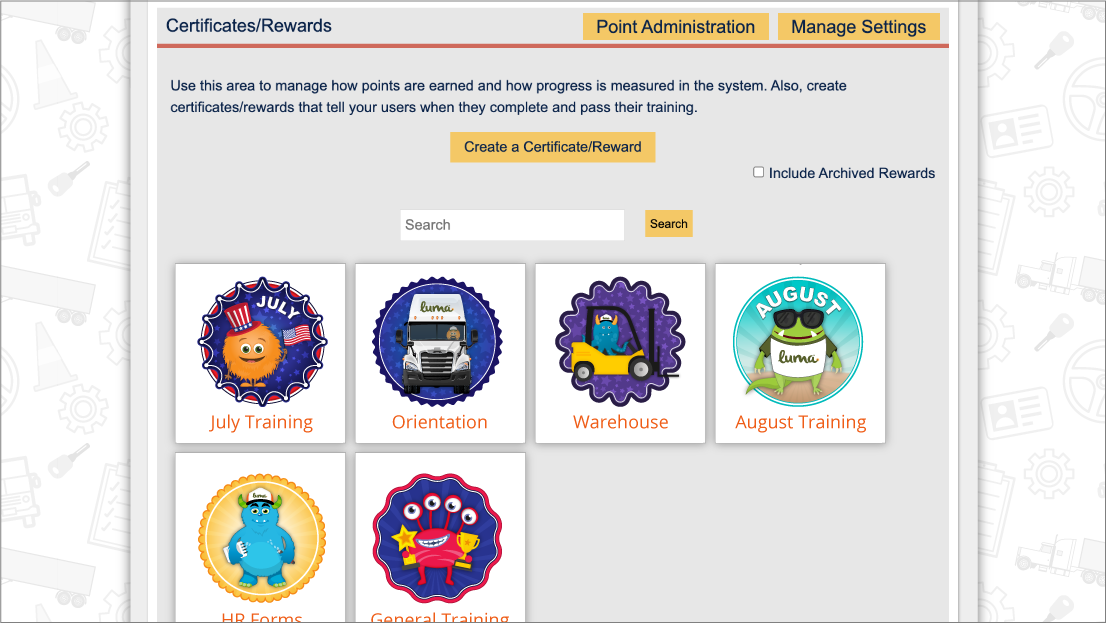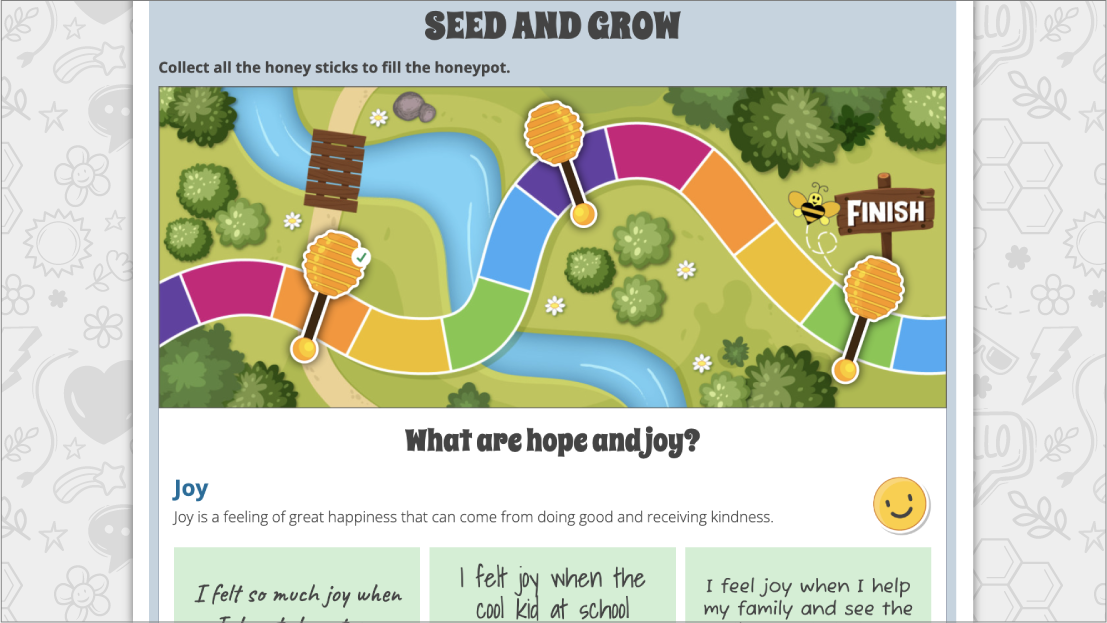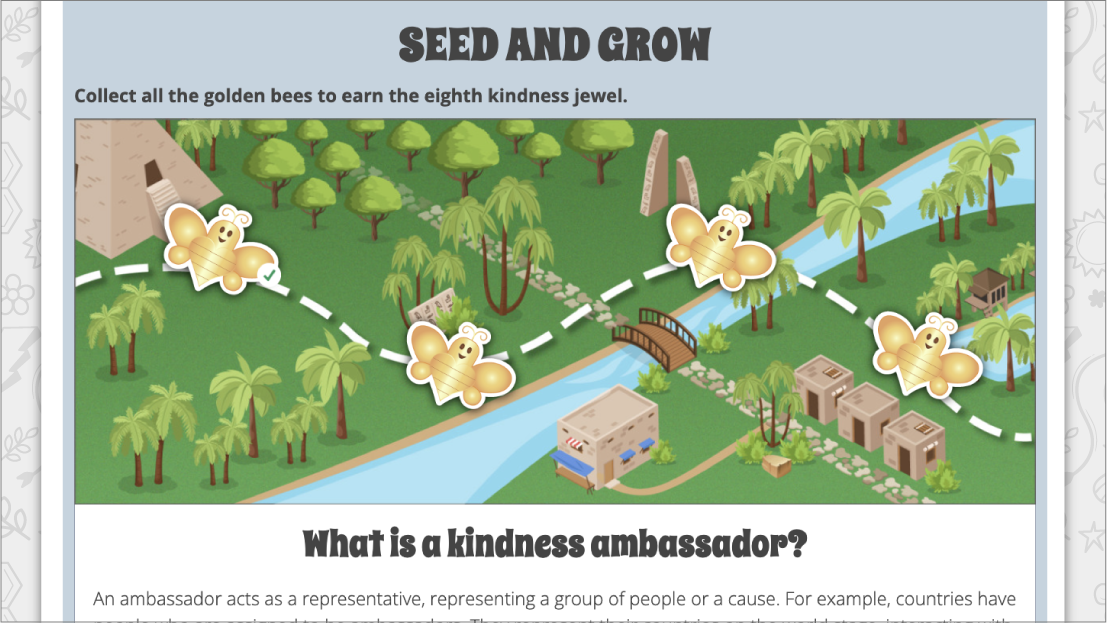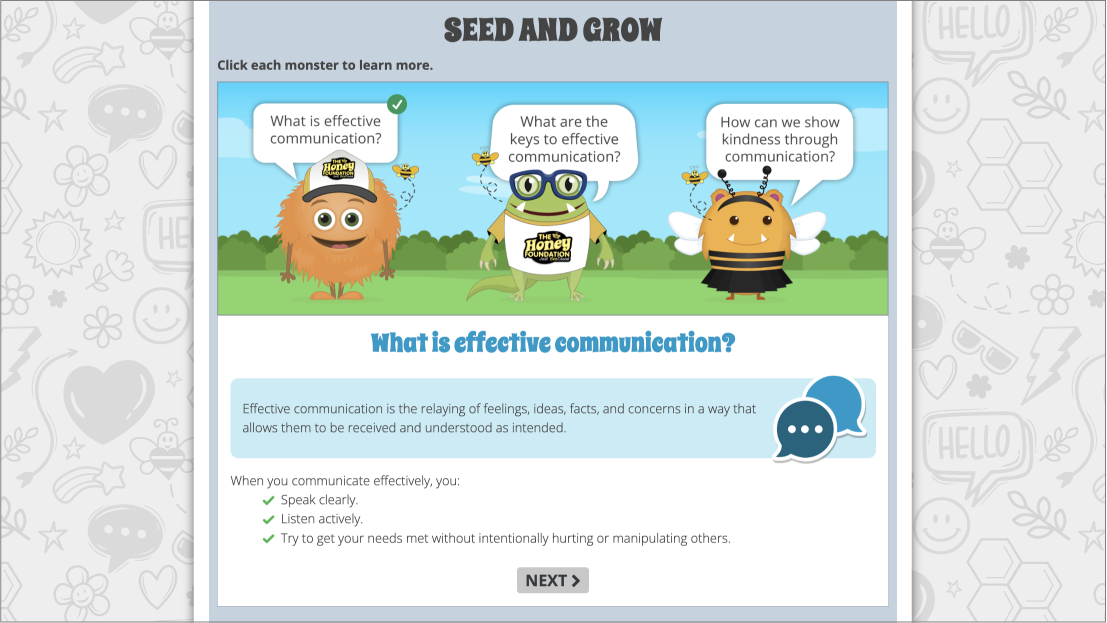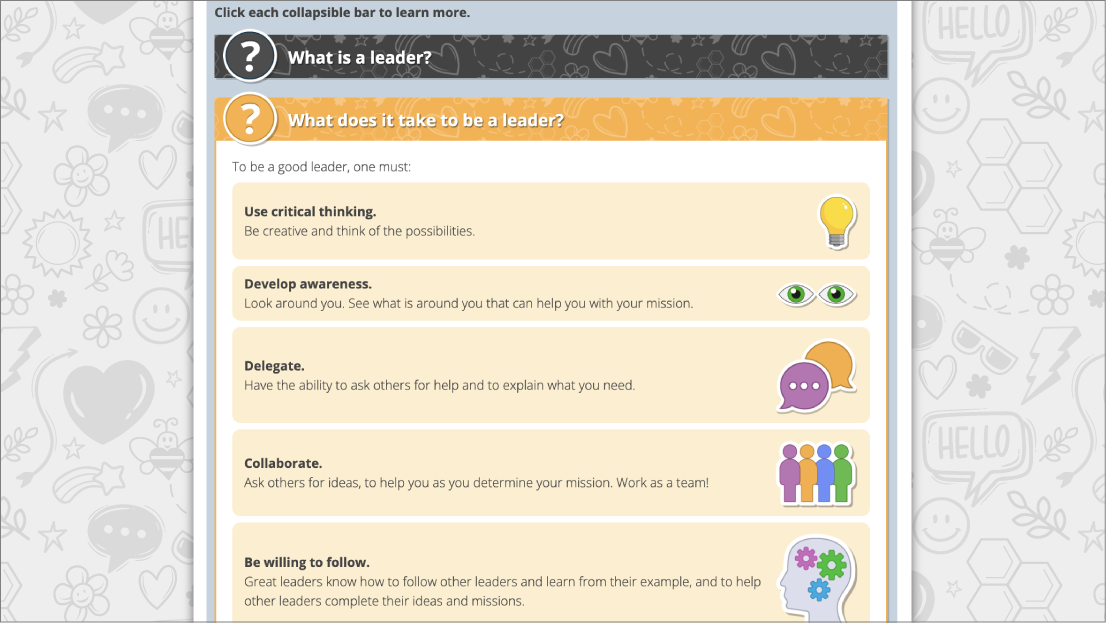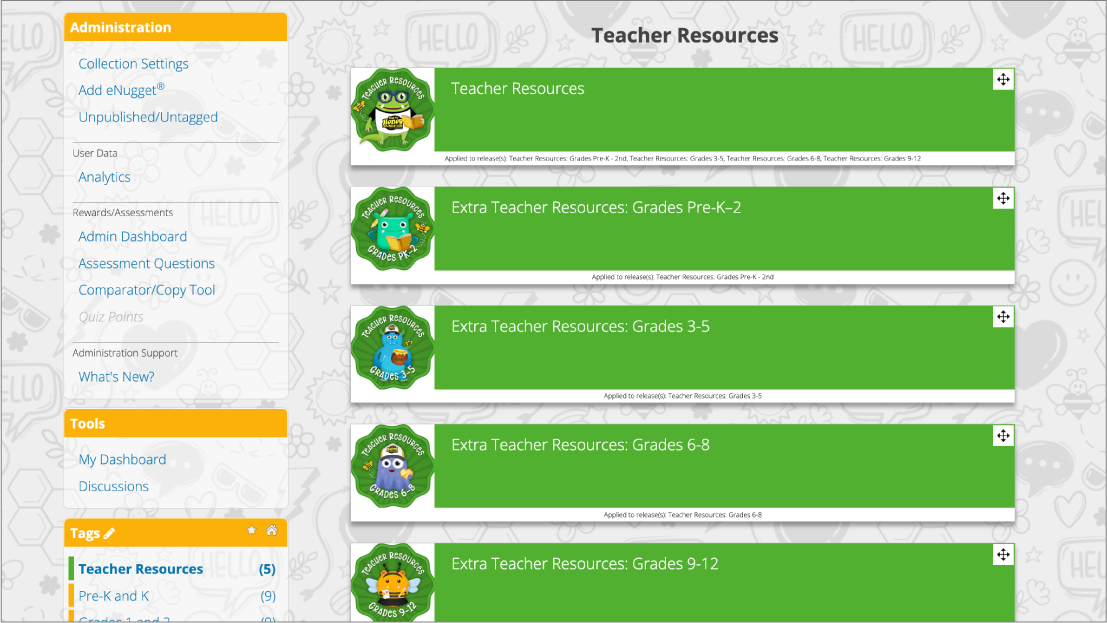
Roundtable Pair and Share: Exercise Cards
In our last Learning Lesson, we encouraged learners to share their experiences with how they are exercising with limited equipment and resources. This week’s lesson will demonstrate how to extend learning on the same topic with a different teaching strategy: Roundtable Pair and Share!
 Have your heard? Our Learning Lessons have been collected into a book available for purchase on Amazon.com! Teaching Without A Teaching Degree: Luma Learning Lessons contains 52 lesson plans and worksheets with 106 different teaching strategies designed for the trucking industry that can easily be adapted to suit any age and content topic.
Have your heard? Our Learning Lessons have been collected into a book available for purchase on Amazon.com! Teaching Without A Teaching Degree: Luma Learning Lessons contains 52 lesson plans and worksheets with 106 different teaching strategies designed for the trucking industry that can easily be adapted to suit any age and content topic.Our free Luma Learning Lessons include objectives, estimated time, materials and instructional procedures for classroom and online/blended teaching. We will provide strategies on how to use our new LumaLive technology to collaborate virtually in real-time. We include these pillars from our learning research to illustrate where they are infused in our lessons.
Interaction Types

For decades there has been discussions of interaction types in education. (Anderson, 2003) Most interaction types observed in driver training traditionally are learner to instructor or learner to content. Moreover, most interaction time with driver training and orientation is synchronous or at the same time. This Learning Strategy is going to help you think about ways you can hold training without a physical classroom.
Interaction Time
The following Lesson is broken down into two different interaction times.
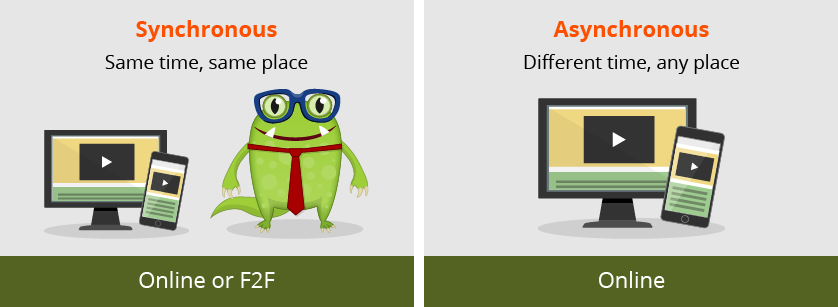
Objectives
|
|
Estimated Time60 minutes |
|
Materials
|
(or at the same time without a classroom)
We are going to assume that you do not have access to a physical classroom. However it could be adapted for a physical classroom.

 Meet with learners in a classroom or using LumaLive or similar webinar technology that allows you to meet at the same time.
Meet with learners in a classroom or using LumaLive or similar webinar technology that allows you to meet at the same time.
 Explain that you are going to compile a list for the broader good to give people an idea of how they can use limited resources to exercise.
Explain that you are going to compile a list for the broader good to give people an idea of how they can use limited resources to exercise.

 Divide the class into small groups (2 to 3 people). In LumaLive, there are break out chat groups they can “meet” virtually in. You can also set up separate meetings for each group that they can participate in their own private roundtables. Be sure to have this all set up before the call. You can title the meeting rooms for the different groups by fun team names (e.g. The Jedis, The A-Team, The Challengers, etc).
Divide the class into small groups (2 to 3 people). In LumaLive, there are break out chat groups they can “meet” virtually in. You can also set up separate meetings for each group that they can participate in their own private roundtables. Be sure to have this all set up before the call. You can title the meeting rooms for the different groups by fun team names (e.g. The Jedis, The A-Team, The Challengers, etc). Explain the exercise with the group and then instruct them to go to their individual LumaLive Meeting Rooms with their groups. Give them a time limit.
Explain the exercise with the group and then instruct them to go to their individual LumaLive Meeting Rooms with their groups. Give them a time limit.


 Share the Exercise Cards worksheet with them. Feel free to add specific strategies that may have come out of the last lesson.
Share the Exercise Cards worksheet with them. Feel free to add specific strategies that may have come out of the last lesson.


 Have each pair discuss these questions about each card.
Have each pair discuss these questions about each card.
- Would I try this at home? Why or why not?
- What exercises or tools can I use instead of the tools suggested?
- Vote on your top 2 exercises you would recommend to others to try at home and tell us why you think they are the best to try.
- Come up with a new strategy that was not mentioned. Optional: Tell the group that the top strategies will be shared on your social media site for a broader purpose.
- Choose a team leader that will share your results with the larger group.

 Optional: Broader share: At the end of the exercise, choose the top strategies out on your company social media page (LinkedIn, Instagram, Facebook, etc). It gives the learners recognition.
Optional: Broader share: At the end of the exercise, choose the top strategies out on your company social media page (LinkedIn, Instagram, Facebook, etc). It gives the learners recognition.
(or not at the same time)


 Share the Exercise Cards worksheet with them. Feel free to add specific strategies that may have come out of the last lesson.
Share the Exercise Cards worksheet with them. Feel free to add specific strategies that may have come out of the last lesson.


 Have each pair discuss these questions about each card in a discussion board
Have each pair discuss these questions about each card in a discussion board
- Would I try this at home? Why or why not?
- What exercises or tools can I use instead of the tools suggested?
- Vote on your top 2 exercises you would recommend to others to try at home and tell us why you think they are the best to try.
- Come up with a new strategy that was not mentioned. Optional: Tell the group that the top strategies will be shared on your social media site for a broader purpose.
- Choose a team leader that will share your results with the larger group.

 Optional: Broader share: At the end of the exercise, choose the top strategies out on your company social media page (LinkedIn, Instagram, Facebook, etc). It gives the learners recognition.
Optional: Broader share: At the end of the exercise, choose the top strategies out on your company social media page (LinkedIn, Instagram, Facebook, etc). It gives the learners recognition.
Reference:
Anderson, T. (2003). Modes of interaction in distance education: Recent developments and research questions. Handbook of distance education, 129-144.

 Luma® is a learning and instructional design company that is always coming out with new training topics. Need something specific? Give us a call at (574) 807-8148 ext 5 or email
Luma® is a learning and instructional design company that is always coming out with new training topics. Need something specific? Give us a call at (574) 807-8148 ext 5 or email 